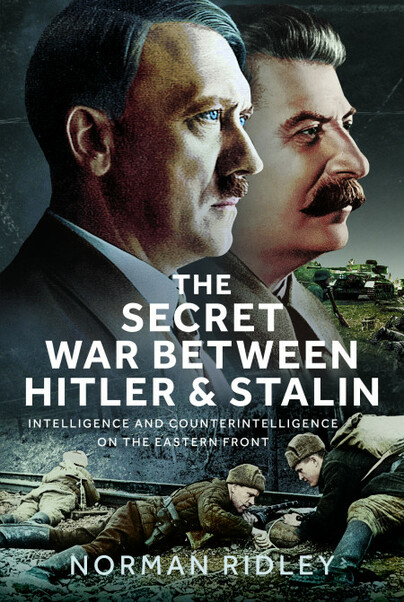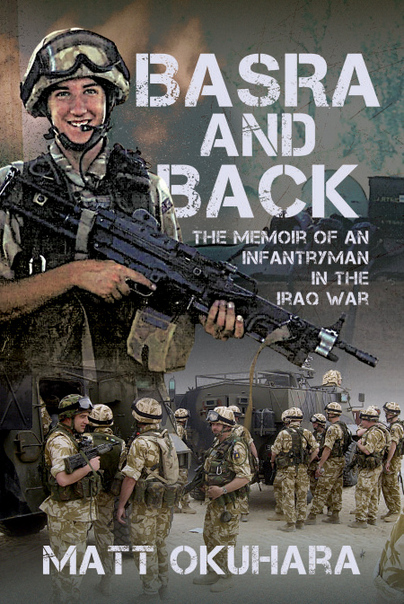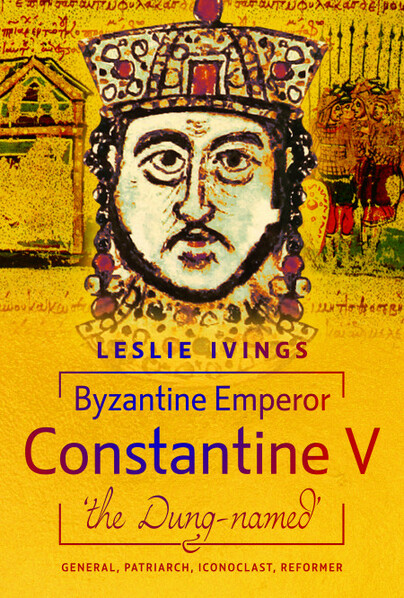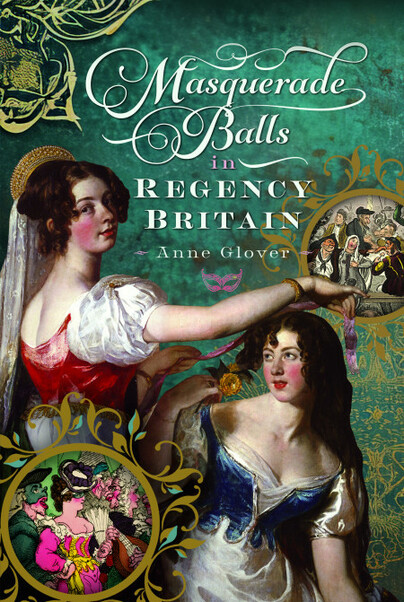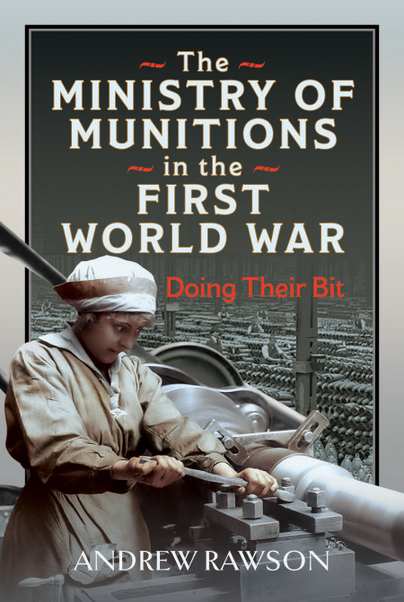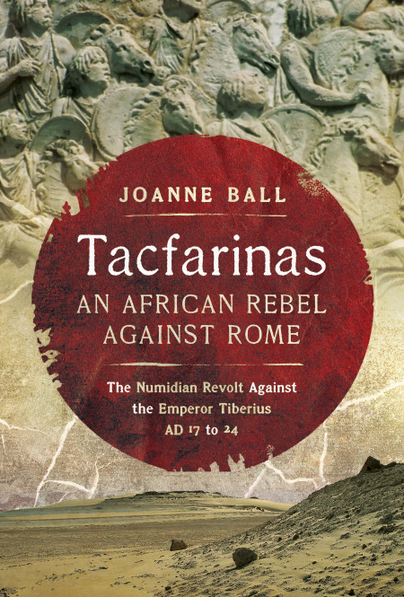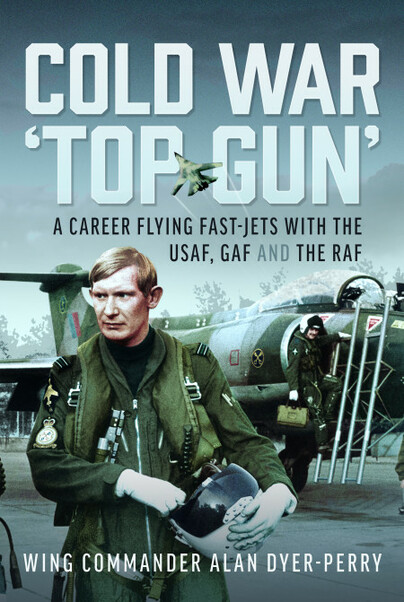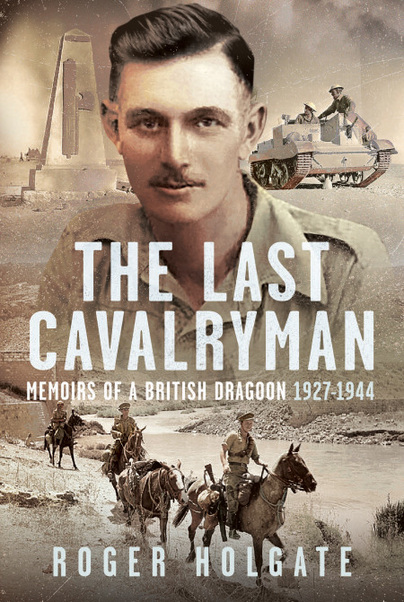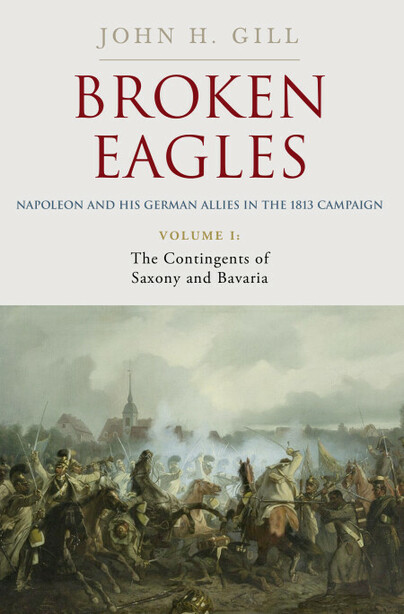Author guest post from Norman Ridley.
Author guest post from Matt Okuhara.
Author guest post from Leslie Ivings.
Author guest post from Anne Glover.
Doing Their Bit Author guest post from Andrew Rawson.
Author guest post from Joanne Ball.
Author guest post from Matthew Richardson.
Author guest post from Wg Cdr Alan D P Dyer-Perry.
Author guest post from Roger Holgate.
Author guest post from John H Gill.
View More
